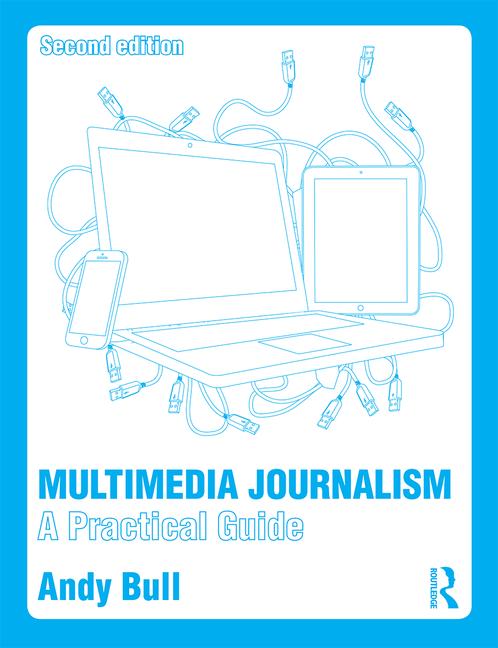Subscribers to MMJ – buy the textbook in paper or e-book form and you get access to the companion website and community – will be familiar with the structured learning that takes readers through three key stages: getting stated, building proficiency and professional standards.
New web-exclusive content has been added to each of those stages, to take into account the many developments since the book-version of the course was published in February 2010.
Future editions of the book version of MMJ will take in this new content, but for now it’s only available online.
Here are just a few of the essential new subjects the 14 additional chapters cover:
- Getting started in Data Journalism
- Creating mobile versions of your static websites
- Smartphones as news gathering, editing, publishing and broadcasting tools
- Building smartphone apps – a guide for non-coders
- Live-blogging and real-time reporting
- Location-based publishing tools for local journalism
- Building a hyper-local site
- Curation
Plus there’s an extensive new careers area.
There are guides, with advice from industry exerts, in entering journalism via- newspapers,
- magazines,
- broadcasting and
- as a freelance.
We have a new chapter on entrepreneurial journalism – how to build your own job.
Plus, detailed guides to a range of the most popular journalistic specialisms:- politics,
- sport,
- business and finance,
- travel,
- fashion,
- international journalism,
- science, health and environment.
What’s next?
We know things never stop moving, and will be bringing a new programme of up-to-the-minute masterclasses on latest development in multimedia journalism during the 2011-12 academic year.Also, over the summer, we’ll be developing an area for educators, offering a new support service for lecturers.
We’ll be consulting on that and will tell you soon how you can tell us know what material you’d find most useful.
To keep up to speed with MMJ, use any of these methods:
Or visit this link on your iPhone:
http://multimediajournalism.isites.us
Or, if you are on a computer, send it to your phone by clicking here:
http://apps3.genwi.com/web/shareme.aspx?auri=multimediajournalism
- Web app that works on any smartphone:
- Connect via LinkedIn




 What sort of travel journalist do you want to be: sensible specialist or insane adventurer?
What sort of travel journalist do you want to be: sensible specialist or insane adventurer? A profile (left) of her in The Guardian (and how many journalists get profiled by other journalists in other publications?) had this standfirst: “The banking world ignored Gillian Tett when she predicted the credit crisis. Laura Barton hears how her training in social anthropology alerted her to the danger”
A profile (left) of her in The Guardian (and how many journalists get profiled by other journalists in other publications?) had this standfirst: “The banking world ignored Gillian Tett when she predicted the credit crisis. Laura Barton hears how her training in social anthropology alerted her to the danger” It was redtops, and the more ‘tabloid’ TV channels that went for showbiz gossip, kiss-and-tell tales about soap stars, footballers and reality TV wannabes.
It was redtops, and the more ‘tabloid’ TV channels that went for showbiz gossip, kiss-and-tell tales about soap stars, footballers and reality TV wannabes.
